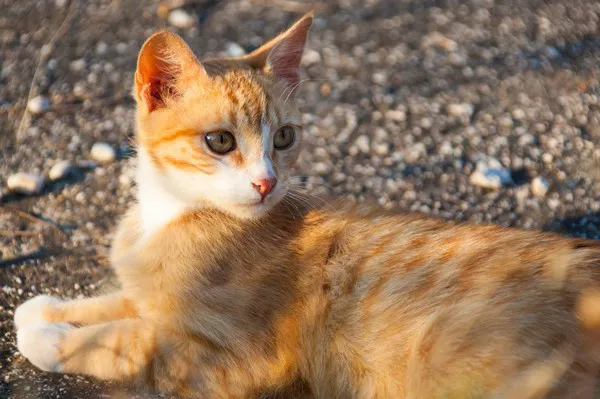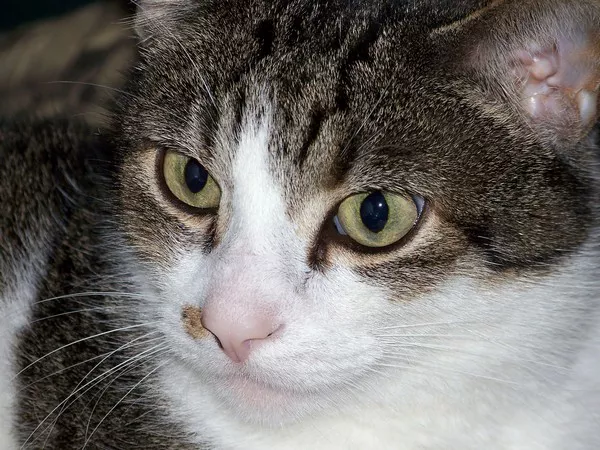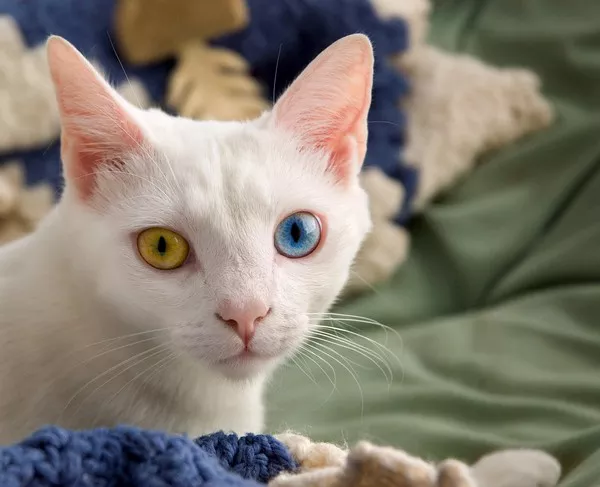Vomiting in cats is a common, yet often distressing issue for cat owners. While it can occasionally be a harmless occurrence, regular vomiting after eating can signal underlying problems that require attention. Understanding the causes of vomiting and knowing when it is time to seek veterinary care can help ensure your feline companion remains healthy and comfortable. In this article, we will delve into the various reasons why cats vomit after eating, common causes, preventive measures, and when to consult a veterinarian.
Common Causes of Vomiting After Eating
1. Eating Too Quickly
One of the most common reasons for vomiting after eating is eating too quickly. Some cats, especially those that are hungry or anxious, may devour their food rapidly, swallowing large amounts of air along with the food. This can lead to a condition known as aerophagia, where the swallowed air causes discomfort and triggers vomiting. Cats that eat too fast may also be more prone to indigestion, leading to an upset stomach and vomiting shortly after eating.
Solution: To help slow your cat’s eating pace, consider using slow-feeding bowls or puzzle feeders designed to make your cat work for their food. These devices can encourage more controlled eating, reducing the likelihood of vomiting.
2. Overeating
Overeating is another common reason cats may vomit after eating. Cats that consume large amounts of food at once may stretch their stomach beyond its comfortable capacity, which can lead to regurgitation or vomiting. This is especially true for cats that are offered large portions or free-fed (have access to food throughout the day without restrictions). Overeating can also contribute to obesity, a serious health issue in cats.
Solution: To prevent overeating, you should monitor your cat’s portion sizes. Feeding smaller, more frequent meals can prevent them from consuming too much food at once. Additionally, controlling the amount of food available at any given time can help regulate their intake.
3. Food Intolerance or Allergies
Just like humans, cats can develop food intolerances or allergies to specific ingredients in their diet. Certain proteins, grains, or artificial additives in commercial cat food can cause digestive upset, leading to vomiting after meals. Some cats may be more sensitive to certain foods, and even a small amount of the offending ingredient can cause a reaction. Symptoms of food intolerance or allergies can include vomiting, diarrhea, bloating, and excessive gas.
Solution: If you suspect food intolerance or allergies, try changing your cat’s diet to a limited-ingredient or hypoallergenic formula. Consult with your veterinarian for recommendations on the best food options for your cat. Keep in mind that it’s important to introduce new foods gradually to avoid upsetting your cat’s digestive system.
4. Hairballs
Hairballs are another common culprit of vomiting in cats, especially in long-haired breeds. Cats spend a significant amount of time grooming themselves, and during this process, they often ingest loose hair. Over time, this hair accumulates in the stomach and forms hairballs, which can be difficult for cats to pass. When a hairball becomes too large or difficult to expel, it can cause vomiting as the cat’s body attempts to rid itself of the foreign material.
Solution: Regular brushing can help reduce hairball formation by removing excess fur before your cat can ingest it. You can also provide your cat with specialized hairball control foods, or consult your veterinarian about the use of hairball remedies that help facilitate the passage of hairballs.
5. Diet Changes
Sudden changes in a cat’s diet can cause gastrointestinal upset, leading to vomiting. Cats have sensitive stomachs, and abrupt transitions from one type of food to another can be too much for their digestive systems to handle. It’s essential to make any dietary changes gradually, giving your cat’s digestive system time to adjust to the new food.
Solution: When switching your cat’s food, it’s important to do so gradually. Start by mixing a small amount of the new food with their current food, and slowly increase the amount of new food over the course of 7-10 days. This gradual transition can help reduce the risk of vomiting and other digestive issues.
6. Ingested Foreign Objects
Cats, especially curious kittens or playful adults, may sometimes ingest non-food items, such as string, rubber bands, or small toys. These foreign objects can cause blockages in the digestive tract, leading to vomiting as the body tries to expel the obstruction. Ingested objects can be especially dangerous if they are sharp or toxic.
Solution: Keep small objects, string, and other potentially dangerous items out of your cat’s reach. If you suspect your cat has ingested something they shouldn’t have, contact your veterinarian immediately for advice. In some cases, the object may need to be surgically removed.
7. Underlying Health Issues
In some cases, vomiting after eating can be a symptom of a more serious underlying health condition. Diseases such as pancreatitis, kidney disease, liver disease, or gastrointestinal blockages can cause chronic vomiting in cats. These conditions often require professional diagnosis and treatment.
Solution: If your cat is vomiting regularly, it’s important to consult with a veterinarian to rule out any underlying health problems. Your vet may recommend diagnostic tests, such as blood work, ultrasounds, or X-rays, to identify the cause of the vomiting and determine the appropriate course of treatment.
Preventive Measures and Solutions
Slow Feeding: If your cat tends to eat too quickly, investing in a slow-feeding bowl can be an effective solution. These bowls are designed with ridges or obstacles that force your cat to eat more slowly. This can help reduce the amount of air your cat ingests and prevent vomiting.
Portion Control: To prevent overeating, it’s important to control portion sizes and avoid free-feeding. Measure out your cat’s food according to the recommended serving size for their age, size, and activity level. Providing smaller, more frequent meals can also help prevent your cat from eating too much at once.
Regular Brushing: Brushing your cat regularly can significantly reduce the amount of hair they ingest while grooming. This is especially important for long-haired breeds, which are more prone to hairballs. Regular grooming not only helps prevent hairballs but also keeps your cat’s coat healthy and reduces shedding.
Gradual Diet Changes: When switching your cat’s food, always do so gradually to avoid digestive upset. Gradual transitions will help your cat’s stomach adjust to the new diet and prevent vomiting and diarrhea. If you need to change your cat’s food for health reasons, consult your veterinarian for guidance on the best way to transition.
Toys and Enrichment: Providing plenty of toys and enrichment activities can help prevent boredom, which may lead to overeating or the ingestion of non-food items. Cats that are engaged in stimulating play are less likely to eat too quickly or consume harmful objects out of curiosity.
Hydration: Ensuring that your cat has access to fresh water at all times is crucial for digestion and overall health. Dehydration can contribute to vomiting and digestive issues, so be sure to monitor your cat’s water intake and encourage them to drink regularly.
When to Seek Veterinary Care
While occasional vomiting may not be a cause for alarm, there are certain signs that indicate you should seek veterinary care. These include:
Persistent vomiting: If vomiting occurs more than once or twice in 24 hours, or if it continues for more than a day, it’s time to consult your veterinarian.
Blood or foreign objects: If you notice blood in your cat’s vomit or suspect they have ingested something harmful, seek veterinary care immediately.
Signs of pain or discomfort: If your cat is hiding, reluctant to eat, or showing signs of pain, such as lethargy or bloating, take them to the vet right away.
Conclusion
Vomiting after eating is a relatively common issue among cats, but understanding the potential causes and preventive measures can help mitigate this problem. Whether it’s due to eating too quickly, food intolerance, hairballs, or a more serious health issue, identifying the root cause is crucial for effective treatment. Always consult a veterinarian if vomiting becomes persistent or is accompanied by other concerning symptoms. By taking proactive steps such as controlling portion sizes, offering slow-feeding options, and maintaining a regular grooming routine, you can help reduce the risk of vomiting and keep your cat healthy and happy.
Related Topics



























